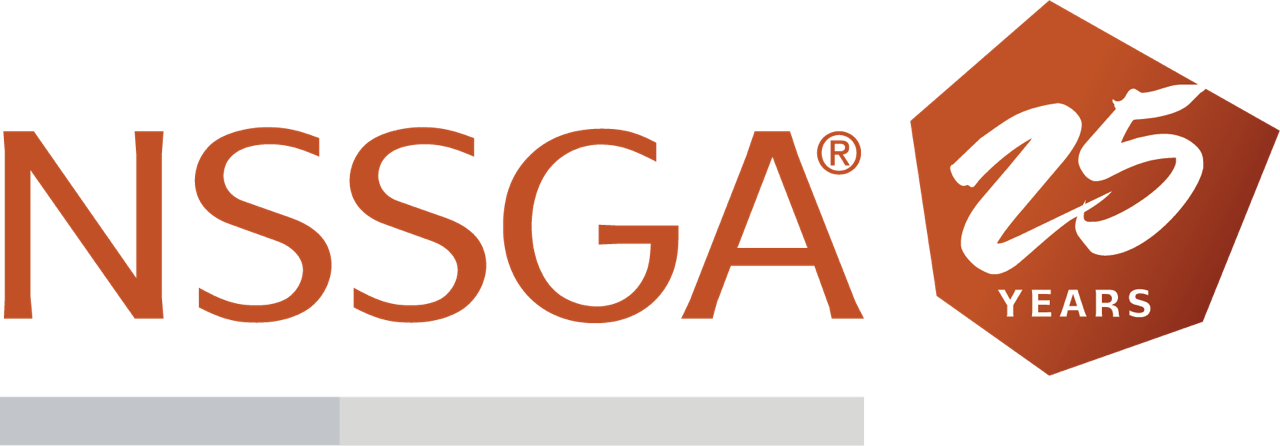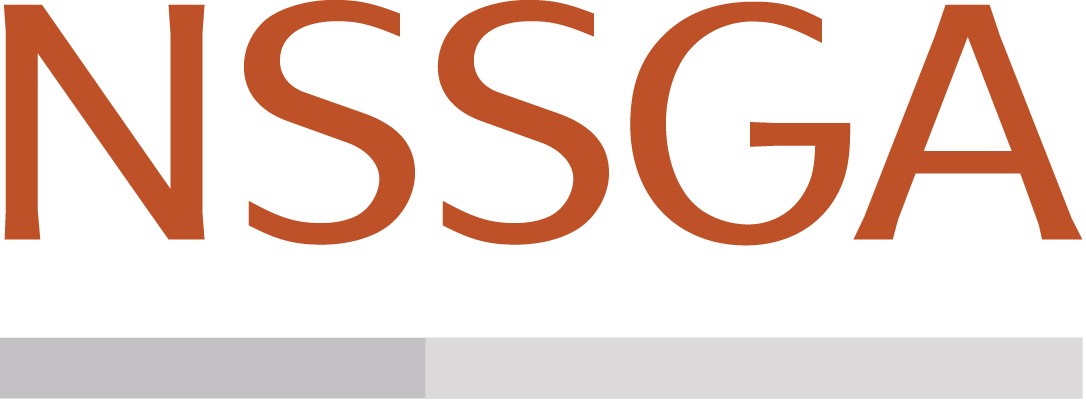The Continuing Impact of the Opioid Crisis on the Construction and Aggregates Industry

By Cal Beyer, CWP VP, ethOs
By Brand Newland, PharmD, MBA, Goldfinch Health
NSSGA has provided resources to help companies understand the opioid crisis plaguing the nation since the late 1990s. The Centers for Disease Control and Prevention (CDC) reports the number of overdose deaths have more than doubled in the past five years. Seventy percent of these deaths are attributed to opioids, with 75 percent of all opioid deaths due to synthetics, especially fentanyl.
The construction and aggregates industry has been hit hard. The frequency and severity of musculoskeletal injuries is high in these industries, contributing to prescriptions and surgeries. In addition to opioid prescriptions, musculoskeletal injuries are associated with a vicious cycle of acute and chronic pain which contributes to sleep deprivation leading to fatigue, which contributes to absenteeism and/or "presenteeism." This can cause or contribute to injuries and incidents, starting the cycle again.
Opioids impact the workplace and the workforce in other common ways, including:
- Harder to hire workers because candidates do not take—or fail—required drug screenings
- Tardiness, absenteeism, and "presenteeism" leading to lower productivity
- Safety incidents leading to equipment damage or injury
- Quality defects requiring rework, leading to disrupted schedules
- Delayed healing after an on- or off-the-job injury
- Delayed healing after surgery
- Persistent opioid use after injury or surgery by employee or family member
- Loss of employee or family member to overdose
Leading Gateways for New Persistent Opioid Use Affecting Workplaces
- Prescription medications for on- and off-the-job injuries continue to be source of new persistent opioid use in construction. In Waging a Counterattack Against Opioids in the Workplace and at Home, the increased frequency of opioid prescriptions among construction workers is highlighted. Moreover, prescription doses tend to be 20 percent stronger and for 20 percent longer durations.
- Surgery of all types is a leading gateway to new persistent opioid use with between 8 to 18 percent of patients affected. Opioid-sparing Enhanced Recovery After Surgery (ERAS) protocols use up to 90 percent less opioids than conventional surgical methods. It is imperative for employees and dependents enrolled in employer- or union-sponsored group health benefit programs to know non-opioid medications exist. Moreover, multimodal pain relief can be more effective at controlling post-surgical pain than opioids and without the risk of addiction.
- Diversion of the 3 billion leftover pills each year not properly disposed of after surgery becomes a household risk to family members and guests in the home. Ninety percent of patients do not safely dispose of these leftover medications.
NSSGA Member Companies Speak Out on Risk of Opioids
Vulcan Materials Company; South Division (Jacksonville, Florida)
Dean Sunas, President of the South Division, expressed why it is important that NSSGA continues its leadership on educating members about the risks of opioids:
According to the National Safety Council, one in 100 miners have an opioid use disorder (OUD). This is an alarmingly high rate, and we must continue to place emphasis on all aspects of miners’ health and safety. OUD not only impacts the user but impacts the families and coworkers of the individual. We must continue to do all we can to protect our miners inside and outside the gates.
Not only is it imperative that we create awareness regarding the seriousness of opioids, but it is equally important that we provide employees with the necessary resources to get the assistance they need if they become dependent on these drugs. We must create an environment where people feel comfortable coming forward to ask for help.
Miles Sand and Gravel Company (Puyallup, Washington)
Lorri Soule, Corporate Safety Director, expressed concern about the continued prevalence of opioid prescriptions in lamenting:
I have not noticed a decline in prescriptions given to injured workers, and, in my experience, workers prescribed opioids often do not return to their job of injury as quickly as those who don’t take them. A person who has been injured and is unable to work or participate in their life as usual may also become depressed. Introducing highly addictive opioids at this time even for a few days can be extremely dangerous.
As a safety and risk management professional, Soule believes there is not enough education being done in the workplace about how to teach employees and family members about alternative non-opioid pain management and the benefits of multimodal pain management using over-the counter medications.
Many workers and their families don’t realize what could happen if they take opioids; there can be a false sense of security because it was prescribed by a doctor. Leftover prescriptions stored in the open gives the impression they must be harmless, contributing to kids or other family members thinking there is no harm in taking something a doctor gave a parent.
Call to Action #1: First Dose Prevention Strategies for Home and Family
- Discuss opioid risks with all family members (diversion; contaminated and counterfeit supply)
- Purchase medication lockbox for use with opioids
- Request Narcan when prescribed opioids
- Purchase drug deactivation products
- Search your home for leftover medications
- Discard at pharmacy take-back kiosks
- Use drug deactivation product for environmentally safe disposal
- Discard at pharmacy take-back kiosks
- Ask dentists and doctors (all specialties) about non-opioid medications, multimodal pain relief and Enhanced Recovery After Surgery (ERAS) protocols
- Become informed and be an advocate for yourself or any other family member scheduled for any medical or dental surgical procedures. Use 10 Questions to Ask Surgeons before scheduling surgery and request ERAS: https://www.goldfinchhealth.com/10-questions-surgery/
Call to Action #2: First Dose Prevention Strategies for the Workplace
- Educate employees on risks of opioids and consider distributing sample drug deactivation products to employees
- Institute proactive prevention of musculoskeletal (MSK) injuries combined with medical case management for early intervention of injuries
- Consider benefits of physical therapy for injury treatment for MSK where medically appropriate
- Institute oversight process to manage leaves and accommodations for post-surgical return to work
- Initiate a Surgical Quality Analysis on Health Insurance Benefits Claims to identify opportunities to optimize surgical outcomes by using non-opioid alternatives or multimodal pain management methods.
- If self-funded group health plan:
- Review medication formulary for non-opioid alternatives for all forms of surgeries
- Consider pre-certification review for inpatient & outpatient procedures and diagnostic imaging for Enhanced Recovery protocols
- Institute Enhanced Recovery After Surgery (ERAS) protocols
- Review medication formulary for non-opioid alternatives for all forms of surgeries
- Request Workers Comp carrier and Third-Party Administrator (TPA) to offer non-opioid alternatives, monitor opioid prescriptions, and request Enhanced Recovery surgery protocols.
Originally published in Sep./Oct. 2023 Stone, Sand & Gravel REVIEW.

